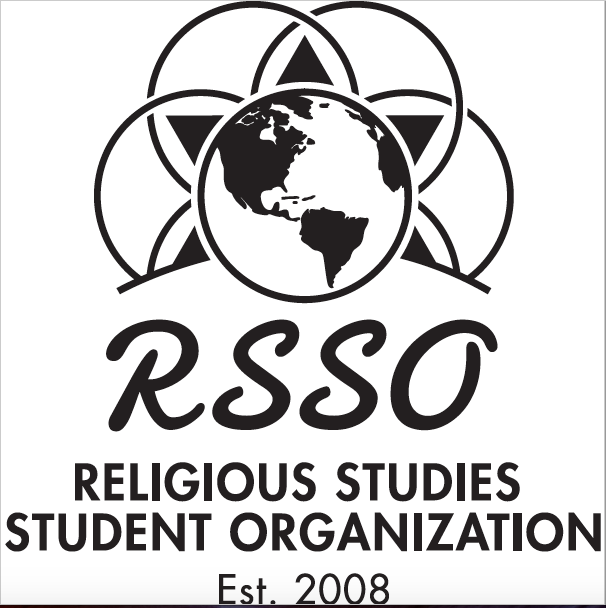Nonhierarchical Interdependence and the ‘Eternal Newness’ of the Church-Cosmos Ecosystem
Moderator
Jocelyn Boor
Start Date
4-4-2020 10:35 AM
End Date
4-4-2020 11:40 AM
Abstract
Thomas Aquinas’s thirteenth-century hierarchical view of an ordered cosmos, resembling a pyramid, positions abiota at its base, followed by plants, and then animals – ranked by levels of sentience and reason – with humanity identified as the pinnacle of God’s Creation. However, ecofeminist Sallie McFague (1993) challenges this traditional hierarchy by highlighting that “we [humans] cannot live a day without the plants, but they would prosper indefinitely without us” (pp.58-59). While maintaining positive elements of Thomas’s views, e.g. the beauty of variety and cooperative interactivity, this paper will address the deficiencies of hierarchical models revealed by McFague through her modifications to the “classic organic model” of embodiment (p.55). By incorporating further scientific observations of ecosystems, this paper demonstrates how flourishing happens through diversity and cooperation rather than through competition. As a result, value may still be found in the “Body of Christ” metaphor for both the church and the cosmos if updated to emphasize not only (1) diversity and (2) interdependence, but also (3) nestedness, and what Pope Francis calls (4) “eternal newness” (2015, LS 121). This paper is therefore focused toward enhancing our understanding of both the Creator-Church relationship and the Creator-Cosmos relationship, in order to provide a stronger framework for articulating the ChurchCosmos relationship, modeled after a healthy ecosystem. Practical application for framing environmental practices by Christian congregations will be discussed.
Keywords: Body of Christ, ecofeminism, interdependence, ecclesiology, eternal newness, ecosystem, cosmos, environmentalism
Research Paper: Nonhierarchical Interdependence & the “Eternal Newness” of the Church-Cosmos Ecosystem
Nonhierarchical Interdependence and the ‘Eternal Newness’ of the Church-Cosmos Ecosystem
Thomas Aquinas’s thirteenth-century hierarchical view of an ordered cosmos, resembling a pyramid, positions abiota at its base, followed by plants, and then animals – ranked by levels of sentience and reason – with humanity identified as the pinnacle of God’s Creation. However, ecofeminist Sallie McFague (1993) challenges this traditional hierarchy by highlighting that “we [humans] cannot live a day without the plants, but they would prosper indefinitely without us” (pp.58-59). While maintaining positive elements of Thomas’s views, e.g. the beauty of variety and cooperative interactivity, this paper will address the deficiencies of hierarchical models revealed by McFague through her modifications to the “classic organic model” of embodiment (p.55). By incorporating further scientific observations of ecosystems, this paper demonstrates how flourishing happens through diversity and cooperation rather than through competition. As a result, value may still be found in the “Body of Christ” metaphor for both the church and the cosmos if updated to emphasize not only (1) diversity and (2) interdependence, but also (3) nestedness, and what Pope Francis calls (4) “eternal newness” (2015, LS 121). This paper is therefore focused toward enhancing our understanding of both the Creator-Church relationship and the Creator-Cosmos relationship, in order to provide a stronger framework for articulating the ChurchCosmos relationship, modeled after a healthy ecosystem. Practical application for framing environmental practices by Christian congregations will be discussed.
Keywords: Body of Christ, ecofeminism, interdependence, ecclesiology, eternal newness, ecosystem, cosmos, environmentalism

